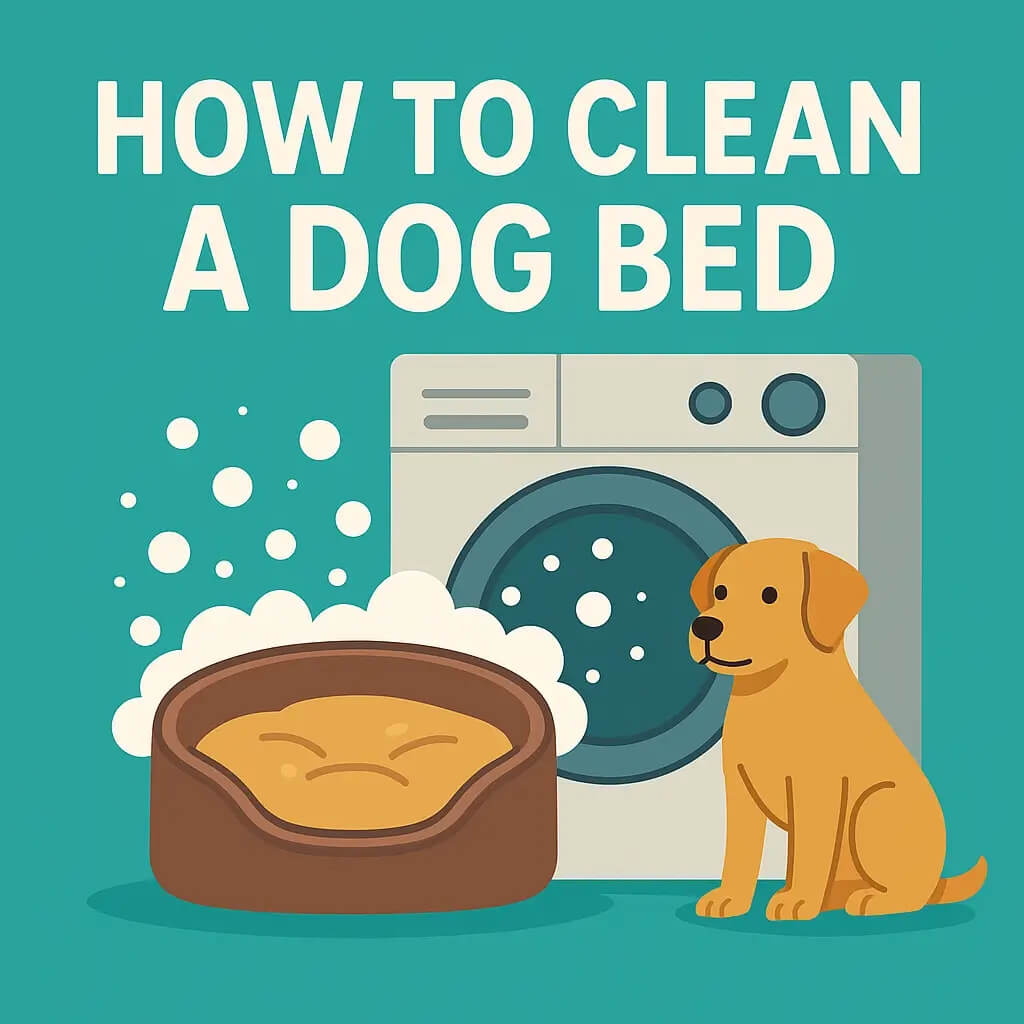If you live with a barking dog, you already know how stressful it can be. Whether your pup barks at strangers, other dogs, or every time the door opens, the noise can disrupt your home and even create problems with neighbors.
This blog will give pet parents a clear, humane plan for how to get dog to stop barking. You’ll learn why barking happens, how to reduce barking with practical tools, and when to reach out for professional support.
Cause of Dog Barking
Understanding why your dog is barking is key to finding the right fix. Dogs bark for many reasons—some normal, some not. Here are the most common causes:
1. Territorial Barking
-
Triggered by strangers, delivery drivers, or animals near your home.
-
The barking often starts when someone or something enters the dog’s perceived territory.
-
This is common in breeds known for guarding behavior.
2. Attention Seeking Barking
-
Your dog barks to get your attention—like when you’re on a work call or watching TV.
-
Often reinforced by eye contact, talking, or giving in.
3. Fear or Anxiety
-
Barking caused by loud noises, sudden changes, or separation.
-
May include pacing, whining, or destructive behavior.
-
Barking may continue even when no one is around.
4. Boredom or Lack of Mental Stimulation
-
Dogs left alone too long or without fun activities may bark out of frustration.
-
This is often paired with digging, chewing, or restlessness.
-
Try interactive toys, puzzle toys, or crate training to break the cycle.

5. Excitement or Greeting Barking
-
Barking when greeting people, other dogs, or family members.
-
Common in puppies and social dogs who get easily excited.
How To Stop Your Dog From Barking
The CALM Blueprint serves as a step-by-step solution to stop barking without using punishment after you understand the reasons behind your dog's barking.
Step 1: Check Health and Wellness
-
Some dogs bark excessively because of pain, confusion, or cognitive decline.
-
If barking is new, intense, or linked to other symptoms, see your vet.
-
Older dogs may bark at night due to canine cognitive dysfunction (similar to dementia in humans).
Step 2: Adjust the Environment
-
Use white noise to mask outside sounds.
-
Cover windows with frosted film or curtains to reduce territorial barking.
-
Move the dog bed away from the door or window to minimize triggers.
-
Provide puzzle toys, snuffle mats, or long-lasting chews to keep your dog busy when alone.

Step 3: Learn the Triggers
-
Keep a list of what sets off the barking: doorbell, mail, cats outside, etc.
-
You can’t fix what you don’t know—identifying triggers helps you create a plan.
-
Desensitize your dog to triggers slowly with positive reinforcement training.
Step 4: Make It a Habit
-
Train your dog daily in short sessions (2–3 minutes, 2–3 times a day).
-
Teach “quiet,” “wait,” and “go to your crate” with treats and praise.
-
Stay consistent—mixed signals confuse your dog.
You should seek help from a certified professional dog trainer or veterinary behaviorist who will create a personalized solution if your dog keeps barking after trying all available methods.
Fixes by Situation
Barking at the Door or Guests
When the door opens, many dogs feel excited or protective. To reduce barking, train an alternative behavior such as going to a crate or mat. Cue your dog to “sit” and reward them with low key treats when they remain quiet as guests enter. Over time, greeting people calmly becomes the new habit.
Barking at Windows or Yard
Territorial barking happens when your dog’s view includes strangers, cars, or other animals. Blocking your dog’s view with curtains or frosted film helps. You can also use a white noise machine to cover outside sounds. Reward quiet behavior when your dog notices a person but does not bark excessively.
Barking When Left Alone
If your dog continues to bark when left alone, this may be attention-seeking barking or separation stress. Start with short training sessions: step outside for a few seconds, return before your dog barks, then increase time slowly. Puzzle toys and interactive toys keep most dogs busy and calm while alone.
Puppy Barking
Barking is a natural part of puppy development. You should train your puppy to understand that being silent leads to rewards but persistent barking will not receive any attention. Young dogs benefit from gentle crate training because it teaches them to remain calm when the house becomes quiet.
What Not to Do
Pet owners frequently attempt to stop their barking dogs through methods that include yelling and water spraying and shock collar usage. The immediate dog silence from these methods leads to increased fear and stress and potentially aggressive behavior. The American Veterinary Society of Animal Behavior advises against using aversive training methods because these methods create permanent learning disabilities in dogs.
Here’s what to avoid:
-
Yelling or scolding – Dogs may see it as attention, which keeps the barking going.
-
Shock or citronella collars – These punish barking behavior but don’t solve the root problem, and they risk causing more unwanted behavior.
-
Debarking surgery – This does not address the cause and can create medical complications.
Instead of punishing, teach your dog calm alternatives and reward them for remaining quiet. This builds trust, reduces barking, and creates lasting results.
Neighbor & Legal Tips
Pet United States has multiple cities that enforce noise violation penalties against excessive dog barking. The New York City 311 service enables residents to file barking dog complaints when dogs bark for longer than 10 minutes owners experience stress from their dogs' nonstop barking which leads to conflicts with their neighbors. The during daytime hours or more than 5 minutes during nighttime hours.
Here are steps you can take to stay proactive:
-
Talk first: A polite note or chat with your neighbor can help before complaints escalate.
-
Show your plan: Let neighbors know you are using positive reinforcement training and crate training to reduce barking.
-
Document progress: Keep a simple log of when the dog barks and what you are doing to fix the problem. This shows good faith if authorities get involved.
-
Check local rules: Cities and homeowner associations may set specific limits on barking behavior.
By being open and proactive, you show that you are working hard to solve the barking problem and maintain peace in the community.
When to Get Expert Help
The majority of pet owners need outside assistance when their barking problems exceed their ability to handle at home. Your dog needs professional help when barking continues after training and when barking appears linked to fear or aggression or anxiety.
Options include:
-
Certified professional dog trainer – Skilled in positive reinforcement training for barking behavior.
-
Certified applied animal behaviorist – Trained to handle complex barking problems linked to emotions or fear.
-
Veterinary behaviorist – A veterinarian with advanced training who can check for medical issues and, if needed, prescribe treatment.
Getting expert help early prevents barking from becoming a lifelong problem and keeps your home peaceful.
FAQs
How do you stop nuisance barking?
The best way is to combine management, exercise, and training. Increase exercise so you have a tired dog, block triggers like strangers or cats in the yard, and reward quiet behavior. Never use yelling or punishment. Instead, use positive reinforcement to teach your dog that calm and quiet bring rewards.
What is the 3 bark rule?
The “3 bark rule” is a simple training guide used by some trainers. If your dog barks three times as a normal alert, you thank them and then cue “quiet.” If the dog continues barking territorially, you redirect with a treat or command like “sit.” This way, the dog learns it’s okay to alert briefly but not to bark excessively.
How do you discipline a dog to stop barking?
Discipline does not mean punishment. It means giving structure and teaching your dog what you want instead. Certified trainers recommend crate training, reward-based training sessions, and redirecting to alternative behaviors. For example, when your dog barks at strangers, you can teach your dog to go to a mat and remain quiet. Positive reinforcement training builds trust and reduces unwanted behavior without harm.
Conclusion
Living with a barking dog can be tough, but there are proven ways to reduce barking and create a quieter home.












